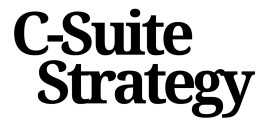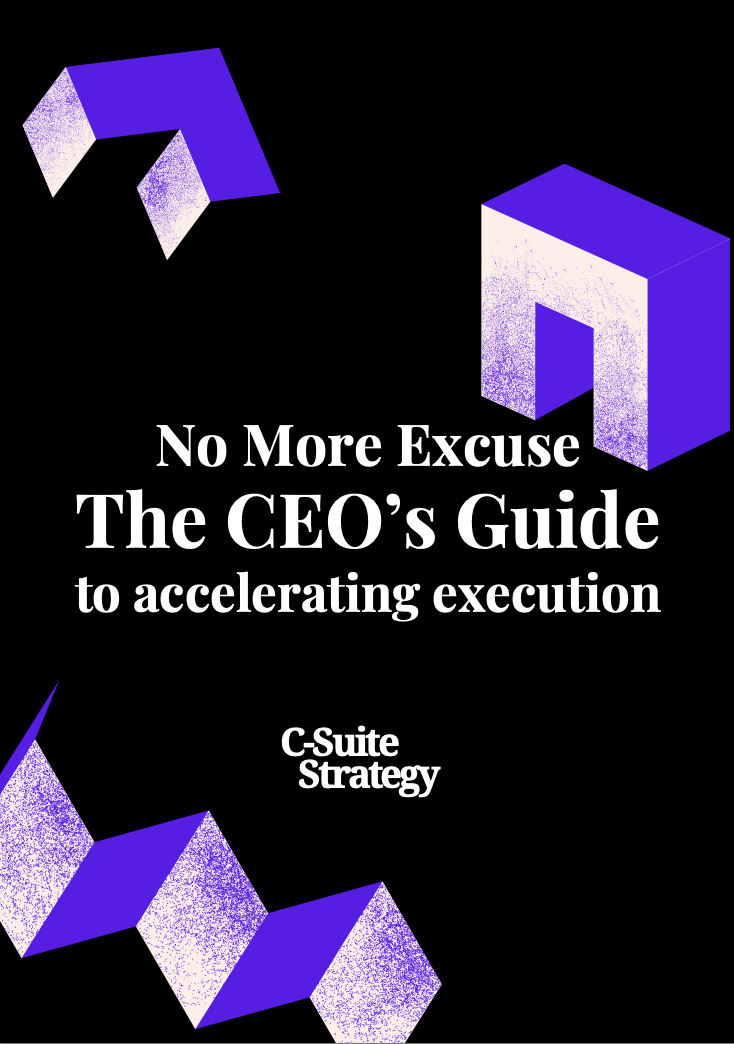
Understanding the Core of Hoshin Kanri
Diving Deep into the Heart of Hoshin Kanri
The essence of Hoshin Kanri—a method hailing from Japan that combines strategic planning and execution—is deeply rooted in aligning an organization’s strategic objectives with clear, actionable plans. Hoshin Kanri, often referred to as policy deployment, stands as a cornerstone of transformational strategy execution, enabling companies to systematically achieve breakthrough objectives and annual goals through a structured approach. At the core, this method uncovers the intricate balance between setting strategic vision and ensuring that every level of the organization—right from top executives to frontline employees—works in unison towards shared goals. This synchronization helps in bridging the gap between long-term ambitions and daily operations, ensuring that every bit of the organization’s work is directed towards the achievement of its most pivotal objectives. This is quintessential for a company where nothing runs on autopilot, and constant alignment is pivotal for success. Hoshin Kanri offers a comprehensive framework which includes the Kanri matrix, a tool used for mapping out strategic and annual objectives, and contrasting them with improvement priorities. The implementation process is elaborative and involves multiple layers that boil down to a precise planning process. Goals are laid out clearly to remove any ambiguity, and this matrix often connects them to specific action plans and necessary resources, fostering a culture of continuous improvement. In the context of company strategy, effective Hoshin Kanri practices propel the strategic alignment across all departments and functions. When organizations reflect on this process, it becomes apparent that Hoshin Kanri not only simplifies the management strategy but also secures a structured way to track progress and make necessary adjustments, ensuring that strategic goals remain on the course. For a deeper look at implementing transformative practices, consider exploring our detailed guide on navigating strategic transformation in leadership.Aligning Organizational Goals with Strategic Vision
Aligning Ambitions with Reality
In the intricate dance of strategic planning, aligning organizational goals with a clear and compelling vision is one of the most pivotal yet challenging tasks. Hoshin Kanri provides a robust framework that seeks to bridge the gap between high-level strategy and day-to-day operations. It requires a precise calibration of long-term aspirations with immediate, workable objectives. At its core, this method encourages organizations to harmonize their broad strategic vision with specific, actionable goals through a meticulous process known as the Hoshin planning process. The result is a clear pathway that not only outlines long-term plans but also details the metrics necessary for continuous improvement. Using tools like the kanri matrix or the bowling chart, organizations can create a detailed map where strategic objectives are translated into annual objectives and improvement priorities. This alignment process allows for a more cohesive strategy execution, ensuring every level of the organization is geared towards the same breakthrough objectives. This systematic approach fosters a culture where every team and individual understands how their work contributes to the broader organizational objectives. It turns abstract concepts into concrete actions, facilitating strategy. Check out how maximizing impact through strategic alignment can further enhance this process, driving organizations toward remarkable progress and success here. Remember, the success of aligning goals with strategic vision through Hoshin Kanri lies not merely in the thoroughness of the planning but in the commitment across the organization to adhere to and refine this plan continuously.The Role of C-suite in Hoshin Planning
The Importance of Leadership in Hoshin Kanri
Engaging in the Hoshin Kanri process involves not only strategic goals but also strategic orchestration by the C-suite. Top executives play a vital role in driving the organization towards the strategic vision and ensuring there's a seamless alignment of objectives across all levels. This approach necessitates a deep understanding of both strategic planning and execution for successful outcomes.
The C-suite's engagement is crucial in translating the high-level strategic vision into actionable plans. This transition involves setting breakthrough objectives that align with the company’s long-term strategic goals. By championing these breakthrough plans, leaders can mitigate inconsistencies and foster a culture steeped in continuous improvement.
C-suite as Champions of the Vision
Executives must champion the strategic alignment throughout the organization by reinforcing the connection between strategic vision and operational execution. This often involves leveraging various tools such as the kanri matrix and bowling chart to meticulously track progress and make strategic adjustments when necessary.
Moreover, to drive improvement priorities effectively, close collaboration among teams is essential. Senior executives should facilitate this cross-functional collaboration, ensuring that the kanri method is executed, monitored, and adjusted, preventing organizational silos from hampering progress.
Ensuring Accountability and Progress
The accountability aspect of the C-suite involves a regular review of annual goals and performance metrics, guiding the organization towards sustained improvement. Executives should adopt a proactive stance in identifying and overcoming barriers within the hoshin planning process. This approach helps in ensuring that the strategic objectives are not just set, but systematically pursued and realized.
For leaders aiming to refine their strategic management capabilities, enhancing strategic vision with an MBA newsletter may offer valuable insights into strengthening organizational alignment and performance. By actively engaging with such resources, the C-suite can better inspire and lead their teams towards achieving the organization's ambitions.
Implementing Hoshin Planning: Key Steps
Strategically Embedding Hoshin Kanri in Your Organization
Implementing Hoshin Kanri effectively is a nuanced process that demands precision and coordination at every stage. This strategic planning methodology ensures that all layers of the organization are working in sync to achieve overarching objectives, harmonizing long-term visions with annual goals. To begin, the organization needs to establish a clear strategic vision. This vision should be defined at a high level, clearly articulating the company's long-term breakthrough objectives and the desired future state. Once the vision is articulated, the next step is to break it down into actionable and measurable objectives. The Kanri method excels at this, offering a structured approach to cascade these objectives throughout the hierarchy. Engagement across different levels is critical in the planning process. Every team, from management to frontline employees, plays a critical role in advancing strategic goals. By using tools like the kanri matrix and bowling chart, organizations can map out their strategic plan and align these objectives with annual goals, ensuring a steady progression towards the overarching vision. Once the objectives are outlined, it's imperative to create a dynamic platform for continuous improvement. Lean Sigma practices can be integrated to streamline processes and enhance efficiency, ensuring that progress is not only planned but continuously honed. The management team should regularly review the progress and realign efforts as needed, maintaining flexibility in the strategic execution. A successful implementation of Hoshin Kanri also requires a robust feedback mechanism. Regular check-ins and updates from the team provide insights into what's working and what's not. This iterative approach ensures that strategic planning remains resilient, accommodating necessary pivots while reinforcing the commitment to organizational improvement. Working through these steps, the company can successfully harness the benefits of Hoshin Kanri, embedding continuous improvement into their corporate DNA and maintaining a laser focus on their strategic vision.Overcoming Challenges in Hoshin Planning
Addressing Common Hurdles in Hoshin Kanri
Implementing Hoshin Kanri within an organization is not without its challenges. While the methodology offers a structured approach to aligning strategic goals with organizational objectives, several obstacles can impede progress. Understanding these challenges is crucial for effective strategy execution.
Breaking Down Silos
One of the primary challenges in the Hoshin planning process is overcoming organizational silos. Departments often operate independently, which can hinder the alignment of strategic objectives across the company. Encouraging cross-functional collaboration is essential to ensure that all teams are working towards the same breakthrough objectives. This requires a concerted effort from the C-suite to foster a culture of open communication and shared vision.
Ensuring Consistent Engagement
Maintaining engagement at all levels of the organization is another significant hurdle. The success of Hoshin Kanri relies on the commitment of every team member, from top management to frontline employees. Regular updates and feedback loops, such as the use of a kanri matrix or bowling chart, can help keep everyone informed and motivated. Continuous improvement should be a shared responsibility, with each level of the organization contributing to the strategic plan.
Balancing Long-Term and Annual Goals
Striking the right balance between long-term vision and annual objectives can be challenging. While the strategic plan should guide the organization towards its ultimate goals, annual goals need to be realistic and achievable. This requires a clear understanding of the company's current capabilities and resources. The C-suite must ensure that the planning process is flexible enough to adapt to changing circumstances while staying true to the overarching strategy.
Managing Resistance to Change
Resistance to change is a common issue in any strategic transformation. Employees may be hesitant to adopt new processes or shift their focus from traditional methods. Effective change management strategies, including training and support, can help mitigate this resistance. Leadership must communicate the benefits of Hoshin Kanri clearly, emphasizing how it contributes to both individual and organizational success.
By proactively addressing these challenges, organizations can enhance their strategic planning efforts and achieve their desired outcomes. The role of the C-suite is pivotal in navigating these obstacles and ensuring that the Hoshin Kanri process leads to meaningful progress and improvement.
Measuring Success and Continuous Improvement
Assessing Effectiveness and Continual Advancement
Achieving success with Hoshin Kanri requires not only establishing strategic objectives but also determining how well your organization progresses towards these goals. Measuring success isn't just about ticking off boxes; it's about understanding the nuances of improvement and adjusting strategies accordingly. A pivotal element in the Hoshin planning process is aligning your assessment techniques with the overall strategic vision and long-term objectives of your company. Continuous improvement and strategy execution must be a part of the organization’s DNA, ensuring that each breakthrough objective contributes to the overarching vision.- Utilize a Kanri Matrix: This tool can help depict connections between strategic goals and the specific initiatives you have undertaken. It gives a clear overview of the planning process, allowing management and the team to immediately spot any misalignments or gaps in execution.
- Incorporate Lean Sigma Principles: Lean Sigma can enhance the efficiency of your kanri process, promoting a culture of constant improvement. Integrating these principles ensures that work processes stay streamlined and focused on breakthrough objectives.
- Regularly Review through Bowling Charts: Bowling charts can visualize your organization’s progress on strategic goals versus annual objectives. These charts help pinpoint areas where your company excelled and areas needing more attention and resources.














